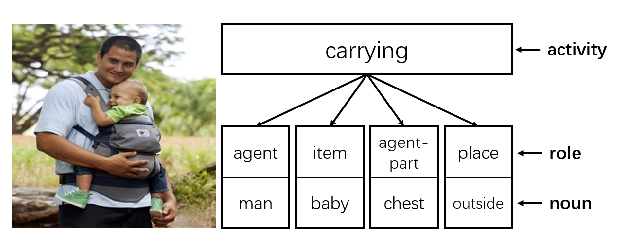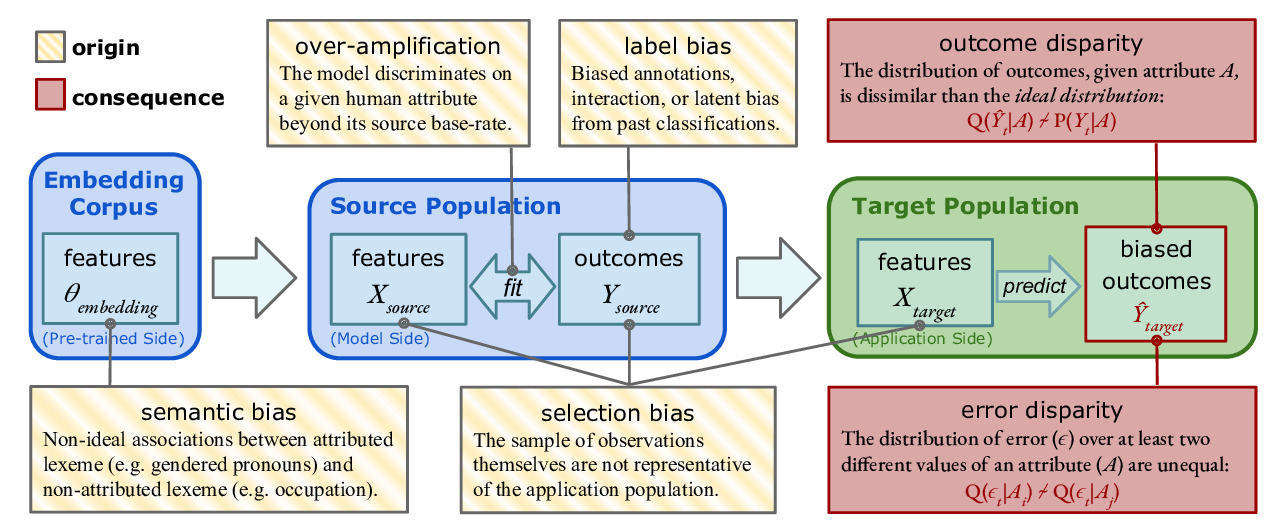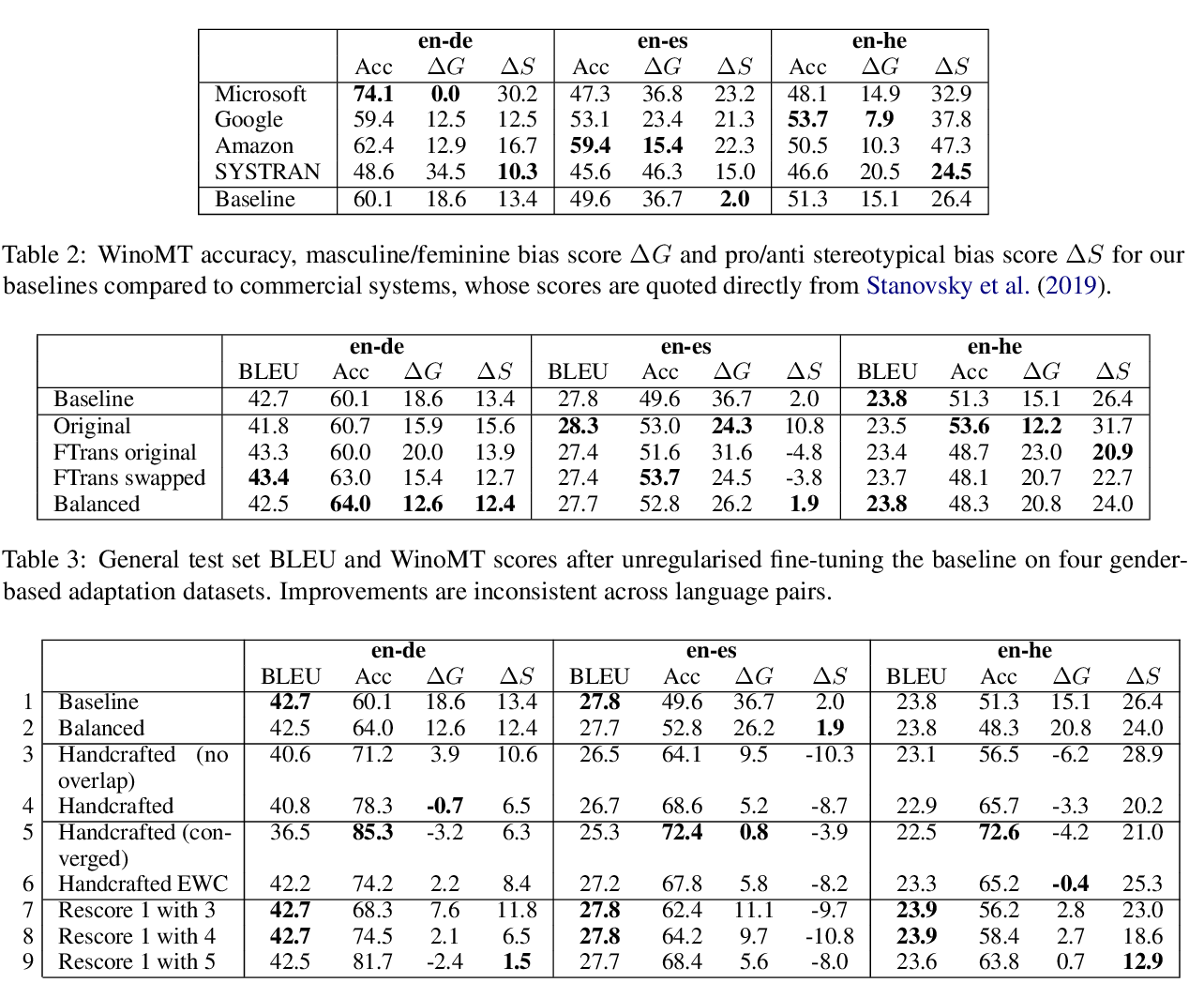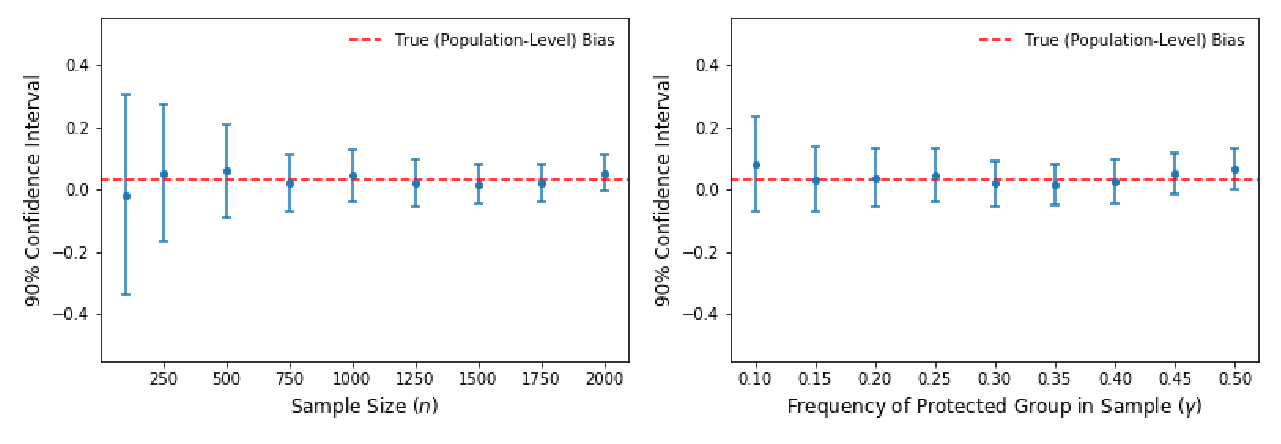On Exposure Bias, Hallucination and Domain Shift in Neural Machine Translation
Chaojun Wang, Rico Sennrich
Machine Translation Short Paper
Session 6B: Jul 7
(06:00-07:00 GMT)

Session 8A: Jul 7
(12:00-13:00 GMT)

Abstract:
The standard training algorithm in neural machine translation (NMT) suffers from exposure bias, and alternative algorithms have been proposed to mitigate this. However, the practical impact of exposure bias is under debate. In this paper, we link exposure bias to another well-known problem in NMT, namely the tendency to generate hallucinations under domain shift. In experiments on three datasets with multiple test domains, we show that exposure bias is partially to blame for hallucinations, and that training with Minimum Risk Training, which avoids exposure bias, can mitigate this. Our analysis explains why exposure bias is more problematic under domain shift, and also links exposure bias to the beam search problem, i.e. performance deterioration with increasing beam size. Our results provide a new justification for methods that reduce exposure bias: even if they do not increase performance on in-domain test sets, they can increase model robustness to domain shift.
You can open the
pre-recorded video
in a separate window.
NOTE: The SlidesLive video may display a random order of the authors.
The correct author list is shown at the top of this webpage.
Similar Papers
Mitigating Gender Bias Amplification in Distribution by Posterior Regularization
Shengyu Jia, Tao Meng, Jieyu Zhao, Kai-Wei Chang,

Predictive Biases in Natural Language Processing Models: A Conceptual Framework and Overview
Deven Santosh Shah, H. Andrew Schwartz, Dirk Hovy,

Reducing Gender Bias in Neural Machine Translation as a Domain Adaptation Problem
Danielle Saunders, Bill Byrne,

